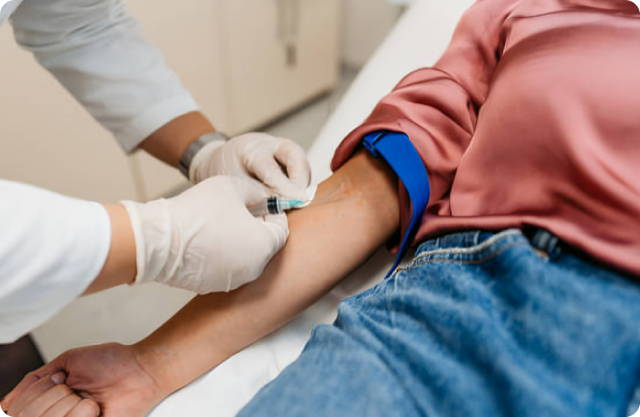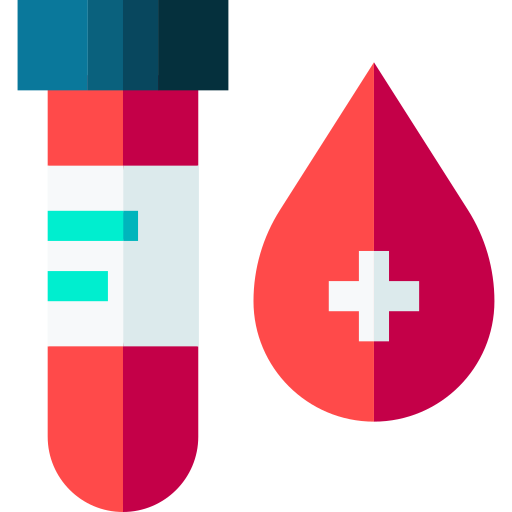
Kickstart your health journey with our Executive Health Check-up.This introductory package is tailored for those taking their first step towards a proactive health approach. It includes essential screenings that assess liver health, kidney function through detailed urine analysis, overall blood health, and blood sugar levels. This combination provides a well-rounded snapshot of your current health status, helping you identify any immediate concerns. Take the initiative today with our First Health Check Up Package 1.0 and begin a lifelong commitment to your health.
Liver function tests are vital to assess the health of your liver by measuring the levels of liver enzymes, proteins, and bilirin in your blood. These tests can help detect liver infections, damage, and disorders early, allowing for timely intervention and management of conditions such as hepatitis or cirrhosis.
This test analyzes the physical, chemical, and microscopic aspects of urine. It helps identify signs of kidney disease, urinary tract infections, and other metabolic conditions like diabetes. By evaluating elements such as protein, glucose, and blood in the urine, it provides essential insights into your body’s current state of metabolic and renal health.
A CBC is a fundamental test that measures the levels of different blood cells including red blood cells, white blood cells, and platelets. This test is crucial for diagnosing conditions like anemia, infections, and various blood disorders. It gives a snapshot of your overall health and can indicate problems like nutritional deficiencies, underlying infections, or more serious hematological conditions.
This includes tests for different chemicals in your urine. It can detect urinary tract infections, kidney disease, and other metabolic conditions like diabetes.
Measuring blood sugar levels randomly (without fasting) provides immediate information about your glucose metabolism. This test can help identify signs of diabetes or pre-diabetes and is essential for monitoring how well your body manages blood sugar, which is critical for preventing long-term complications related to uncontrolled blood sugar levels.
These tests serve as the foundation for a preventive health strategy, offering early detection of potential health issues that can be addressed promptly to maintain or improve health. They are particularly valuable for individuals beginning their health monitoring journey or for those looking to keep regular tabs on their health status.

The CT scan facility provided by this clinic was exceptional. The staff was courteous, and the process was quick and efficient. I highly recommend their services.
I was quite apprehensive about undergoing a CT scan, but the team at this center made me feel comfortable throughout the procedure. The results were accurate, and I'm grateful for their professional care.
I've had several CT scans done at this facility, and each time, the experience has been consistent - timely appointments, modern equipment, and knowledgeable staff. Trustworthy service indeed!
The CT scan service here exceeded my expectations. The radiologist explained everything in detail, and I felt reassured throughout. Kudos to the entire team for their expertise and empathy.
During your first health check-up, the doctor will review your medical history, perform a physical examination, and may order basic laboratory tests (like blood work and urine analysis). The goal is to assess your overall health and identify any potential issues
Bring a list of current medications (including supplements), any medical records, a list of symptoms or concerns, family medical history, insurance information, and identification.
Make a list of any symptoms or health concerns you have, note your medical history, and write down any questions you want to ask your doctor. It’s also advisable to fast for certain tests if instructed by your healthcare provider.
Depending on your age, medical history, and lifestyle, your doctor might recommend vaccinations or booster shots to prevent certain diseases.
The frequency of health check-ups can vary based on your age, health status, and risk factors. Generally, an annual check-up is recommended, but your doctor may suggest more frequent visits if necessary.
If the doctor finds any abnormalities or potential health issues, they may order further tests, refer you to a specialist, or recommend treatment options. Early detection often leads to better outcomes, so follow-up as advised.
Bone X-rays are essential for diagnosing fractures and assessing bone alignment, aiding doctors in developing treatment plans and monitoring healing progress. They provide detailed images of the skeletal system, helping identify abnormalities or injuries that may not be visible through other imaging techniques